Part 1: Deserts of Israel – A journey through time
Part 1 of a series that explores the challenges and wonders of the wilderness
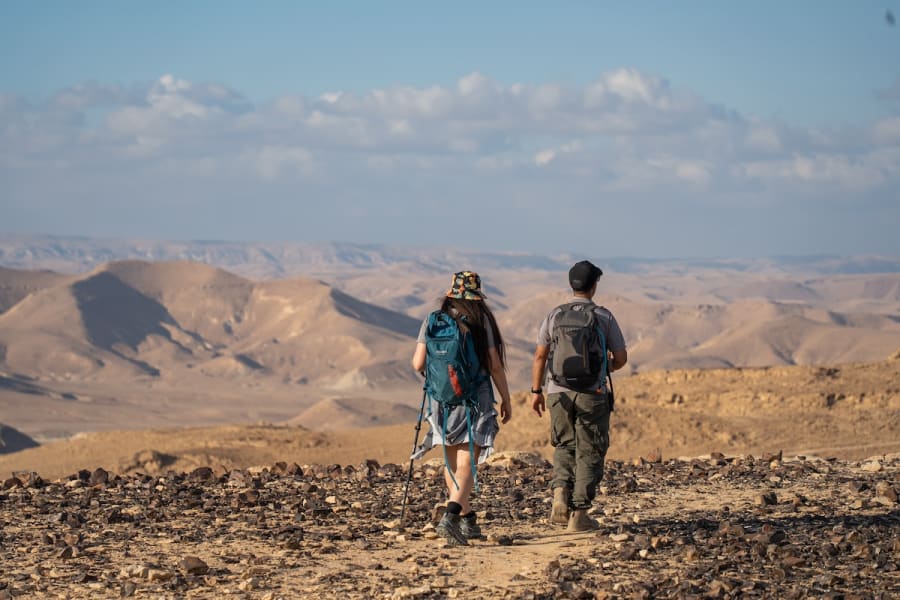
Divine Encounter in the Wilderness
The term "wilderness" appears nearly 300 times in the Bible, recalling Israel's foundational years of wandering. It denotes both wild grazing fields and habitats for animals, contrasting with cultivated land. This era was defined by the quest for the promised land amid encounters with God in uninhabited, nomadic landscapes.
Isn't it intriguing how the Hebrew word for "desert” (midbar or מדבר), shares the same root as "medaber" (מדבר) meaning "to speak?" This connection resonates deeply with the passage in Hosea 2:14-15, where Israel is led into the wilderness:
“But then I will win her back once again. I will lead her into the desert and speak tenderly to her there.”
After His baptism by John the Baptist, referred to as 'the voice of one calling in the wilderness' (Matthew 3:3), Jesus/Yeshua, experienced solitude in the desert, highlighting its profound biblical significance.
Purposefully led to this remote location, He spent 40 days and nights in the Judean Desert, where He faced temptation from the devil on the Mount of Temptation (Matthew 4:1-11). Through communion with His Father, the Messiah gained strength and authority, demonstrating God's presence even in isolation and speaking amidst the wilderness.
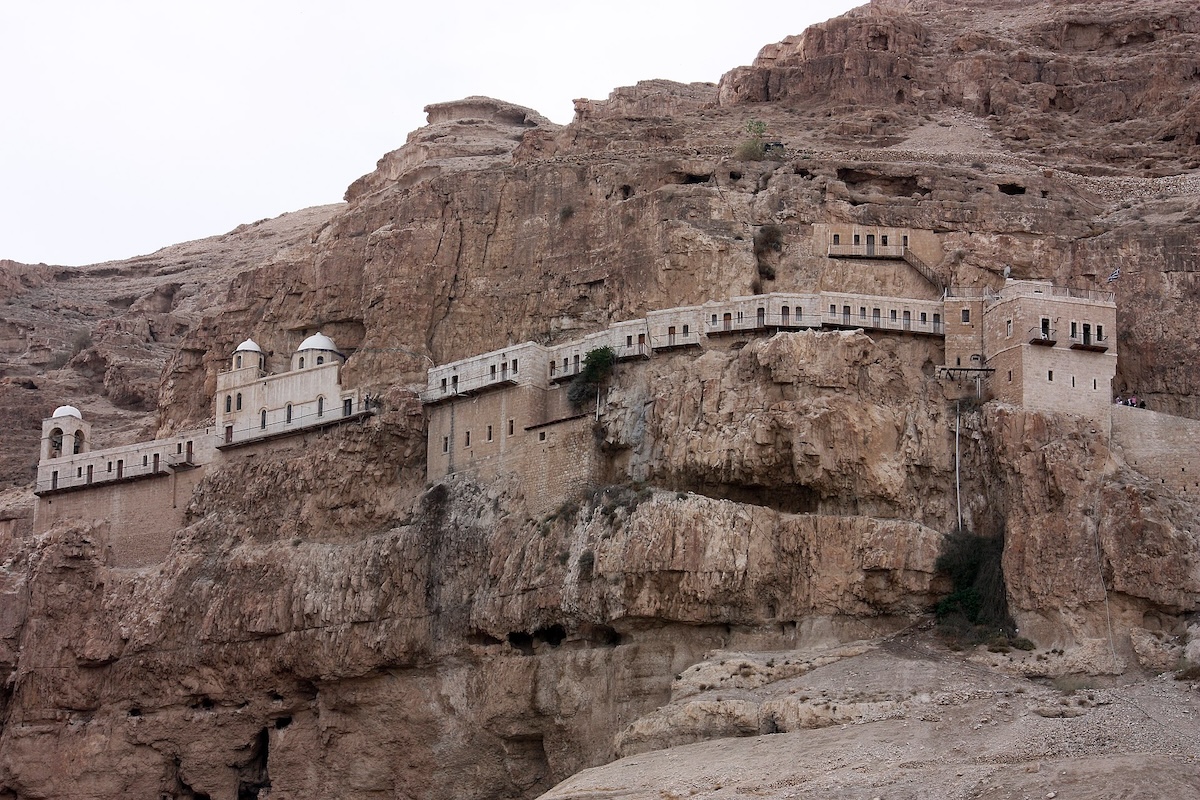
The Judean Desert
Ranging from the Judean Hills reaching 1,000m (3280ft) above sea level to the Dead Sea at 400m (1312ft) below sea level is a wilderness landscape that meets the Negev Desert in the south. Characterized by rugged terrain, including mountains, terraces, and deep ravines, it features lush oases and streams interspersed throughout.
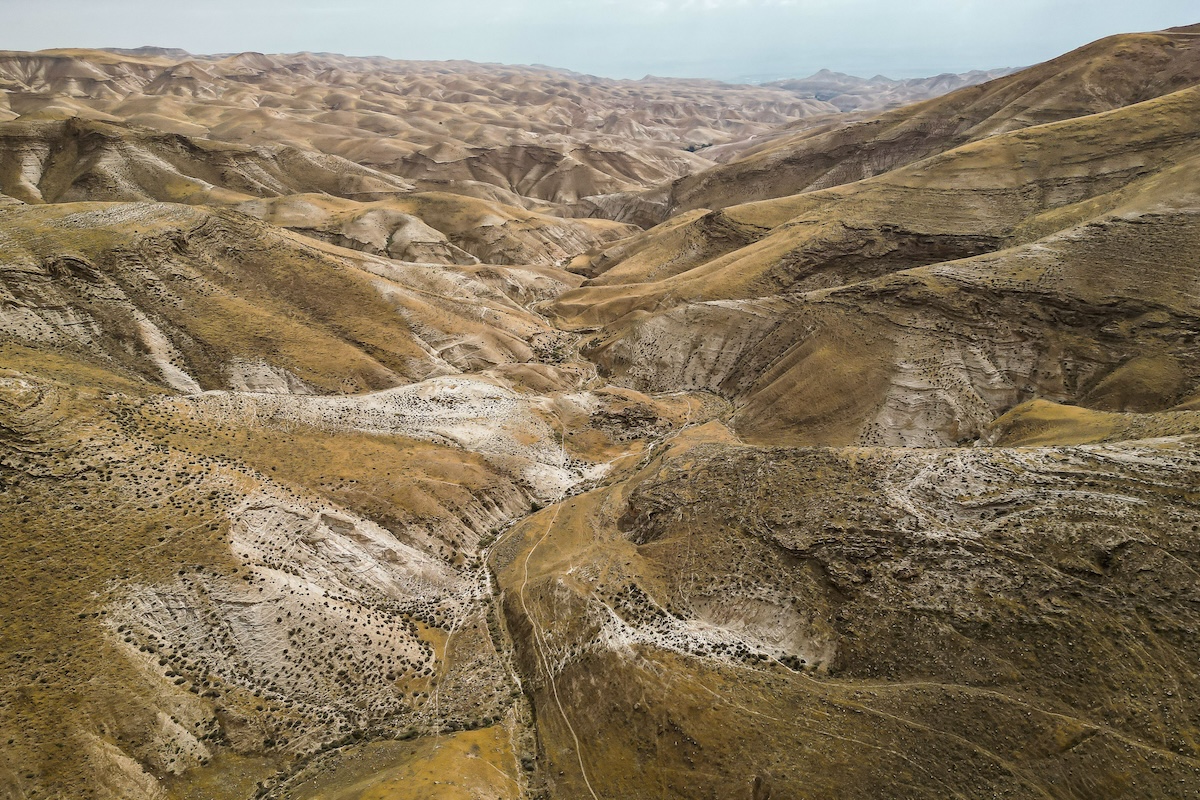
Human habitation in the Judean Desert dates back to ancient times, with archaeological evidence dating as far back as the Chalcolithic Age (3500 B.C.).
The Judean Desert harbors ancient settlements referenced in the Old Testament, like Ein Gedi and the "city of salt" (Joshua 15:20, 61-62), as well as Jericho (Joshua 6:1-27).
Beside it is Ein Gedi, situated near the western shores of the Dead Sea, which serves as both an oasis and a nature reserve. It holds historical significance as a place where David sought refuge from King Saul (1 Samuel 24:1, Psalm 63:1).
The allure of Ein Gedi lies not only in its biblical connections but also in its natural beauty, featuring waterfalls and lush vegetation amid the surrounding desert scenery.
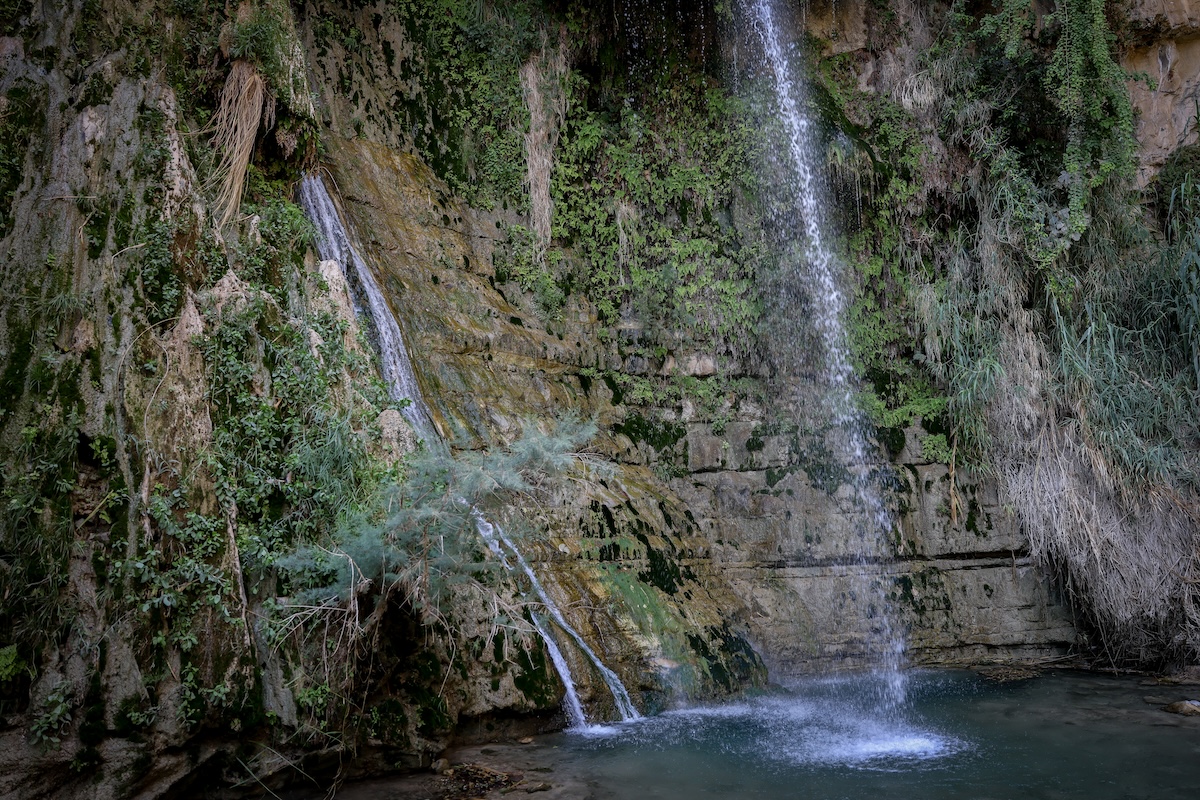
Highly valued as a place of archaeological reference, The Qumran Caves are renowned for their preservation of the Dead Sea Scrolls, ancient treasures dating back to the 2nd century B.C. This collection of 972 texts, including the oldest surviving copy of the Old Testament in Hebrew, Aramaic, Greek and Nabataean, was discovered less than a century ago. Today, these scrolls are housed in the Shrine of the Book at the Israel Museum in Jerusalem.
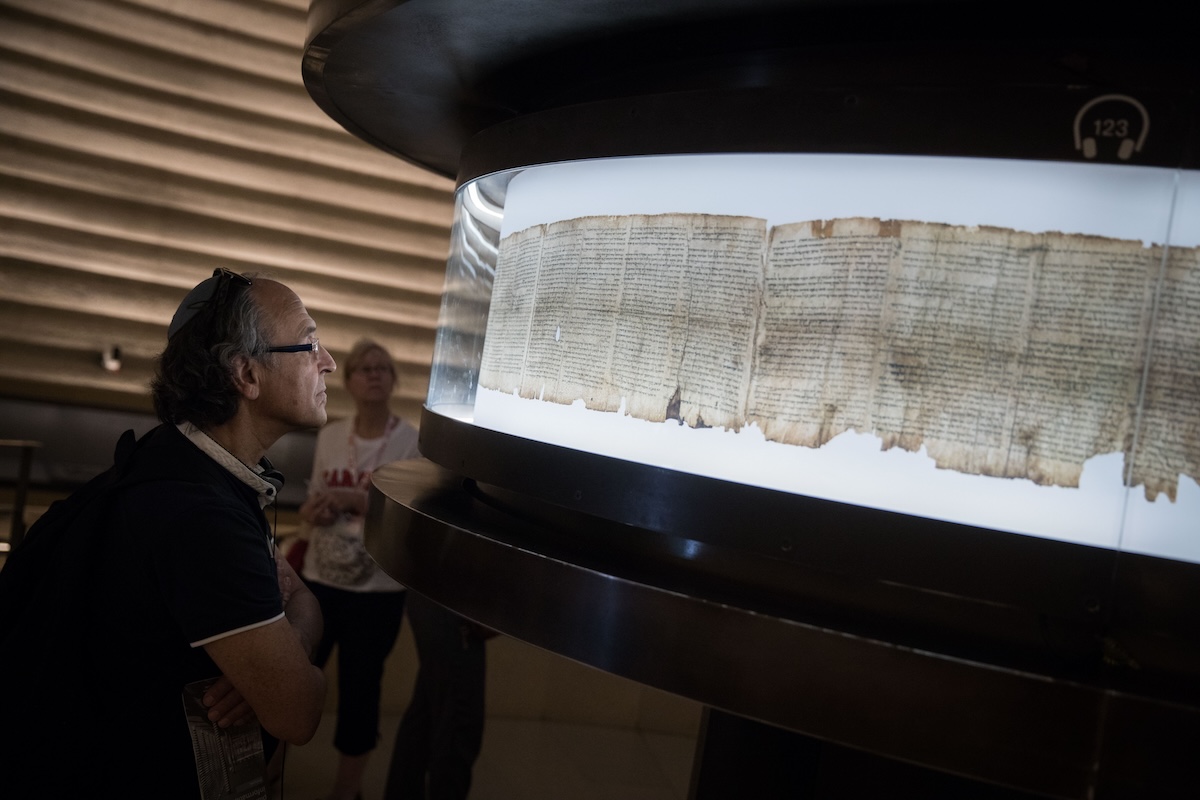
Following the capture of Jerusalem in 70 C.E., the Romans shifted their focus to Masada, the ultimate bastion of Jewish resistance in the Great Jewish Revolt. They erected camps at Masada and possibly established a lasting base at Ein Gedi where a notable Roman bathhouse was constructed. It remained operational after the dramatic events at Masada: in 72 C.E., the Romans besieged Masada, building a massive earthen ramp to breach the fortress. By 73 C.E., the 960 Jewish zealots residing atop chose mass suicide over surrender to the Romans, leaving behind a legacy of courage, heroism and martyrdom.
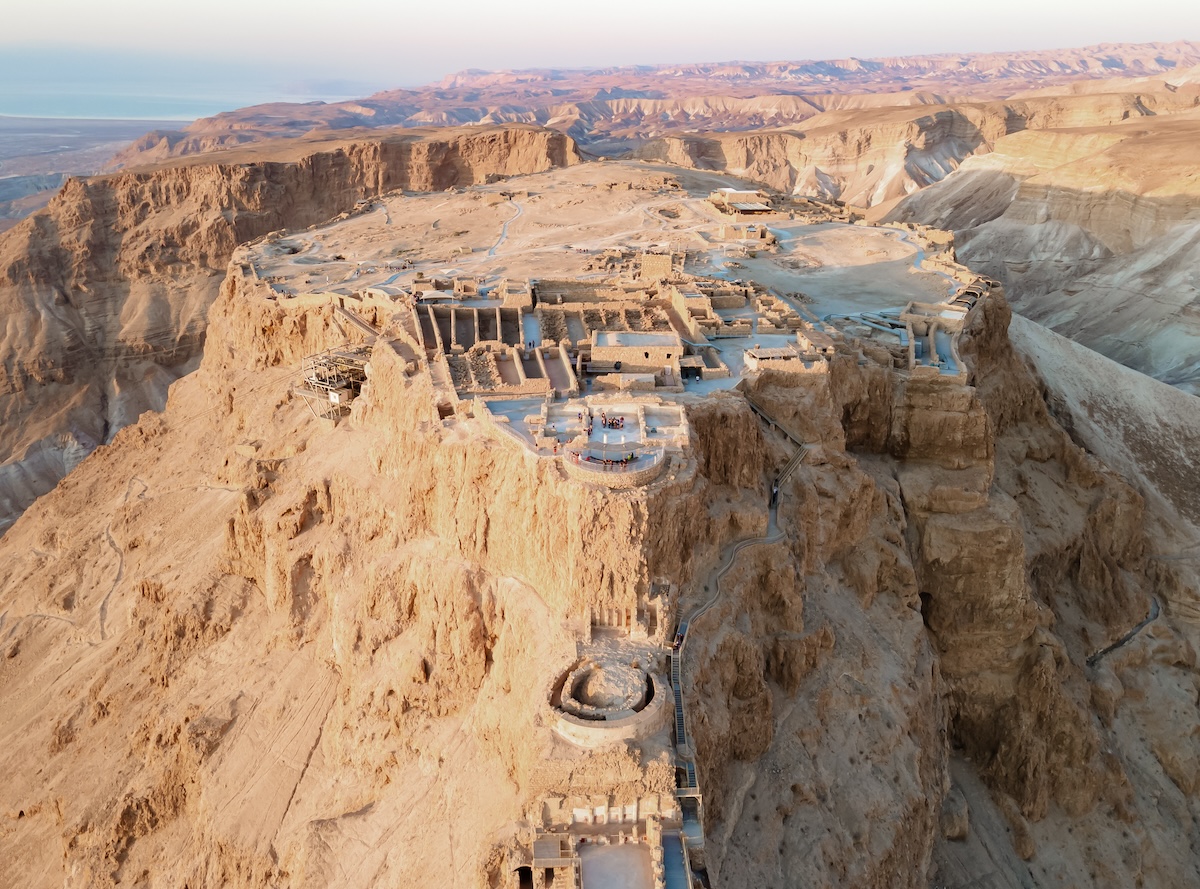
This Roman presence endured through the Second Jewish Revolt, or the Bar-Kokhba Revolt (132–135 C.E.), with Ein Gedi coming under attack.
The site lay mostly deserted until the Late Roman period when a fresh Jewish settlement emerged on the plain east and northeast of the tel. This settlement thrived throughout the Byzantine period.
The Judean Desert's remote tranquility attracted Byzantine monks in the 5th-6th centuries, leading to the establishment of numerous monasteries, with ruins still visible today. Mar Saba Monastery, the largest, was built in 483 A.D. but was destroyed by an earthquake in 1834.
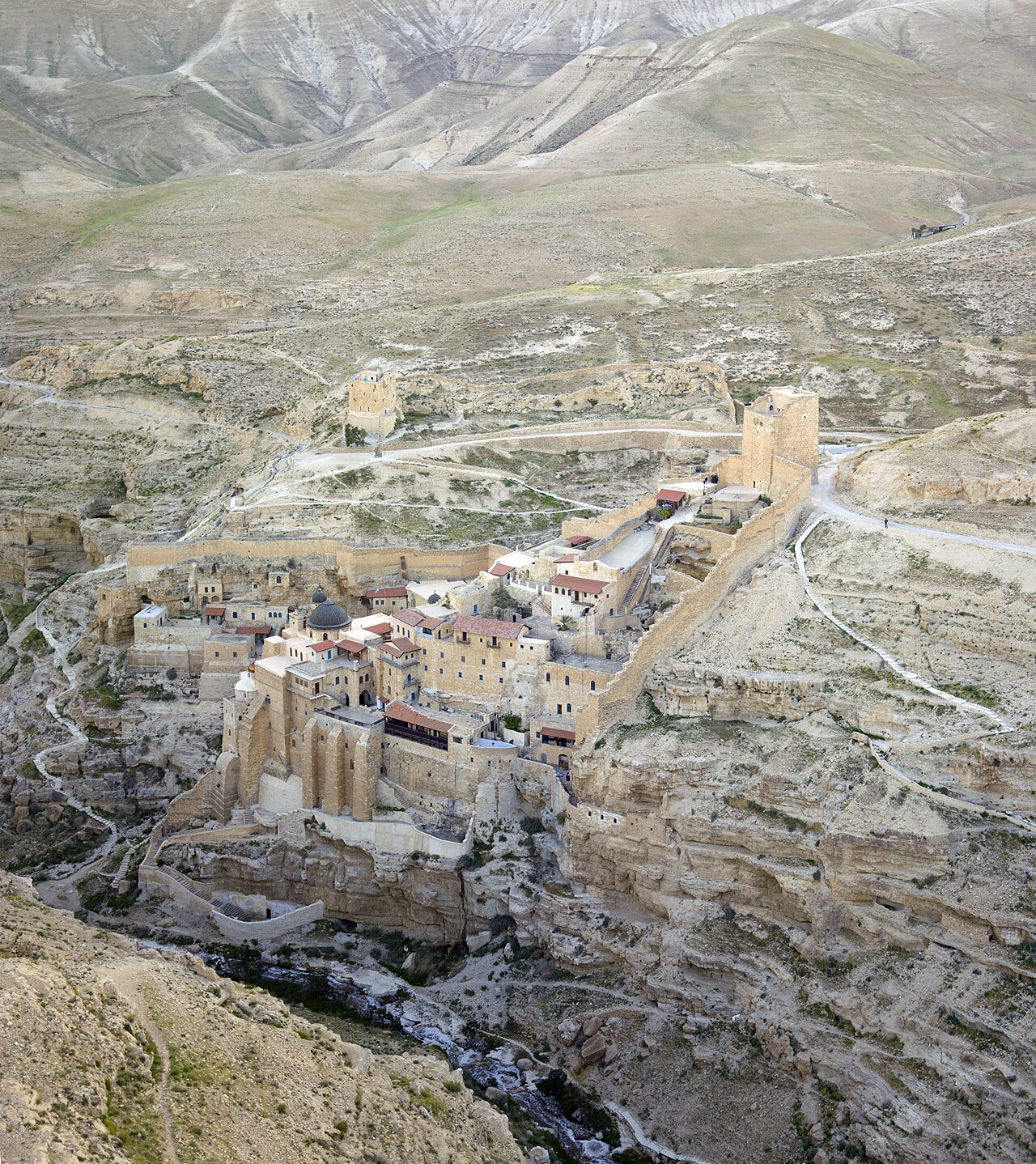
Today, the Judean Desert continues to arouse interest due to its historical importance and unique natural features. Ein Feshka, recognized as the world’s lowest natural reserve, boasts diverse biodiversity and is situated near the Dead Sea. Alongside the desert, the Dead Sea offers a distinct experience with its ability to allow effortless floating and therapeutic mud treatments. The Megillot region, which spans the northern Dead Sea and the Judean Desert, is known for its notable beaches along the shoreline.
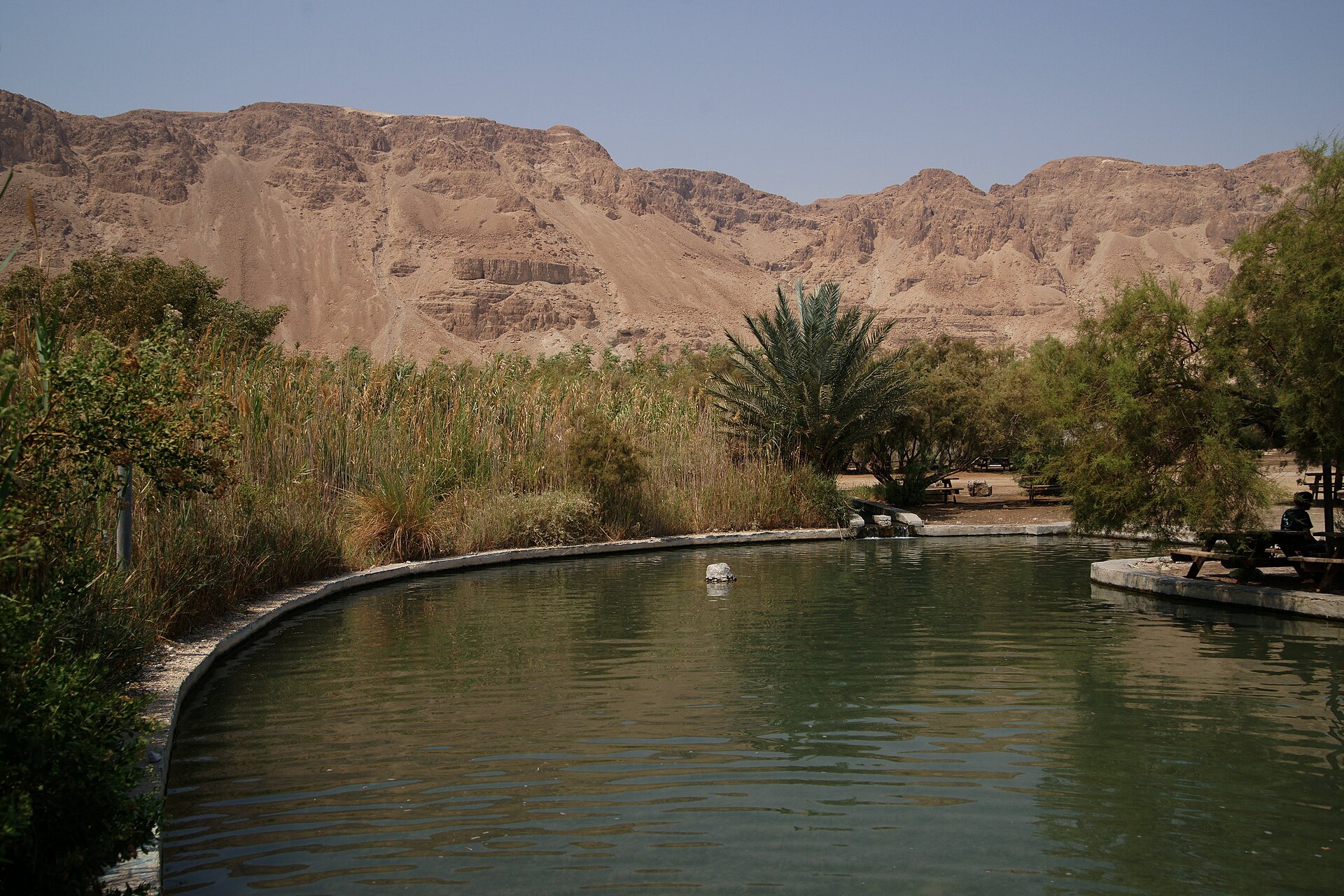
Despite dreadful challenges, settlers have not only cultivated but established thriving communities, embodying the transformative concept of making the "desert bloom."
For instance, nestled between the Judean Desert and the Negev, Arad was revitalized as a planned town in 1962 as part of Israel's Negev development. It quickly grew with residential areas and an industrial zone, selecting residents based on employment prospects.
Today, Arad's population reflects a diverse mix including Sephardic and Ashkenazi Jews, immigrants from Russia, Ethiopia, Italy, and France, and a significant academic community comprising 40% of its residents.
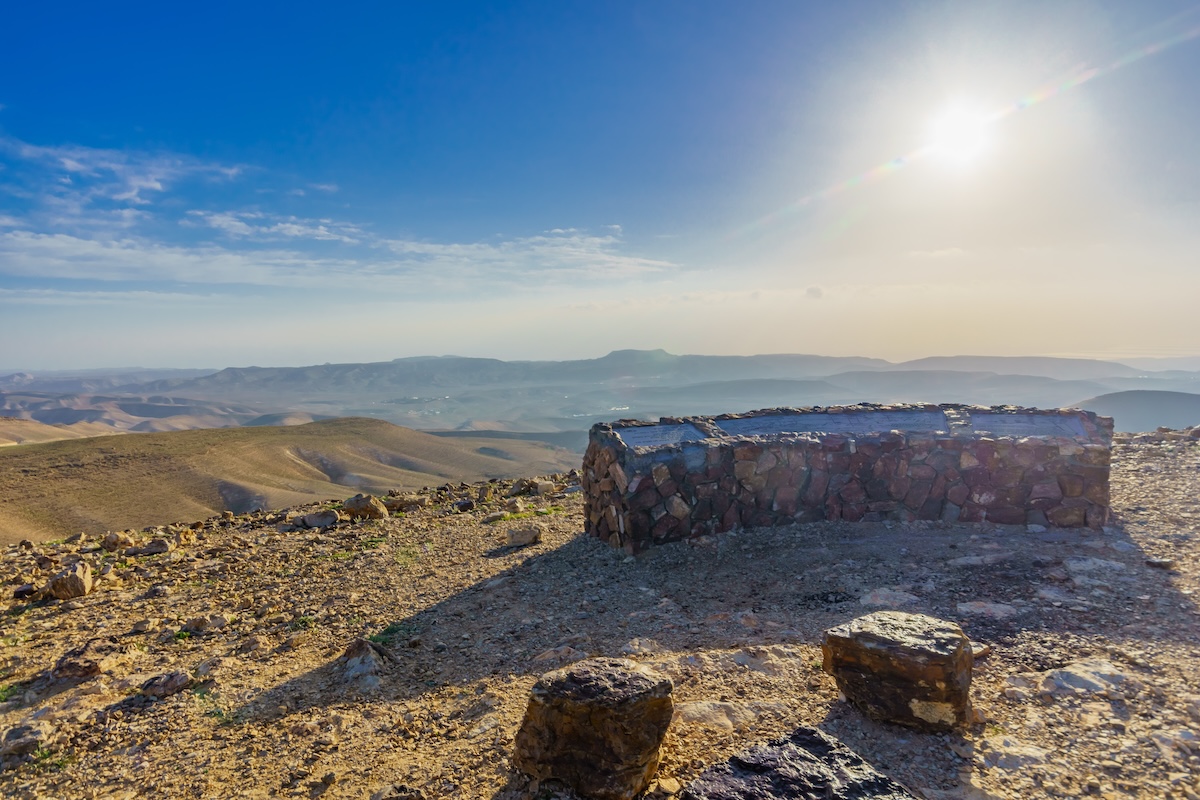
In the next phase of our exploration of Israel's deserts, we will delve into the unique landscapes of two smaller yet profoundly significant desert regions: the Arava and the Zin.

The All Israel News Staff is a team of journalists in Israel.













